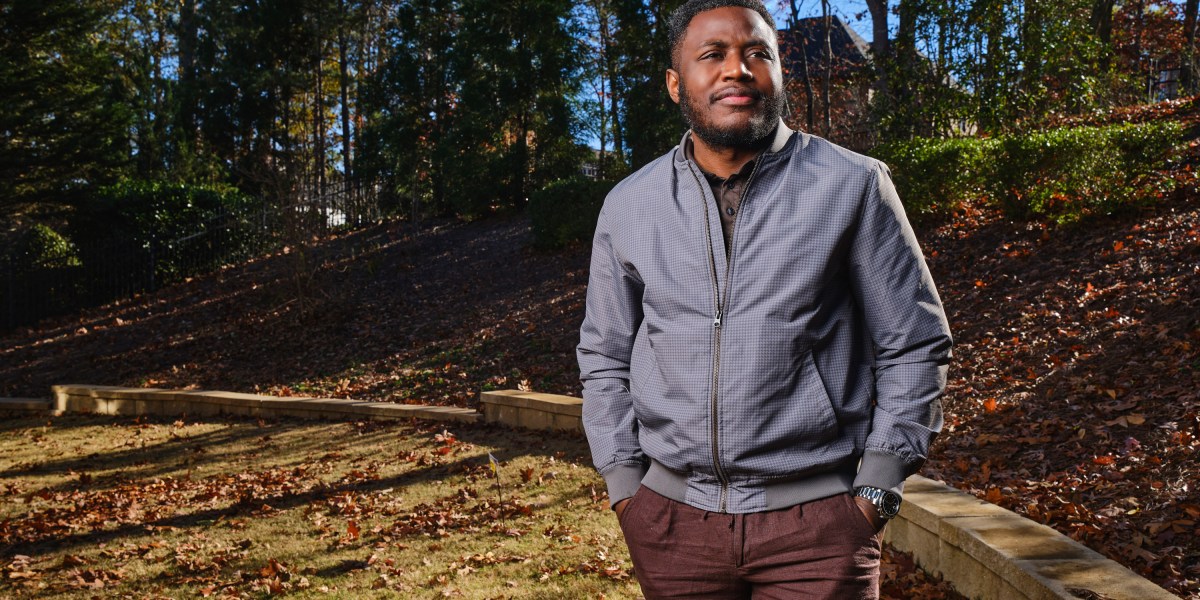
I’m very aware of how privileged I am to have been an early recipient and to reap the benefits of this groundbreaking new treatment. People with sickle cell disease don’t produce healthy hemoglobin, a protein that red blood cells use to transport oxygen in the body. As a result, they develop misshapen red blood cells that can block blood vessels, causing intense bouts of pain and sometimes organ failure. They often die decades younger than those without the disease.
After I received exa-cel, I started to experience things I had only dreamt of: boundless energy and the ability to recover by merely sleeping. My physical symptoms—including a yellowish tint in my eyes caused by the rapid breakdown of malfunctioning red blood cells—virtually disappeared overnight. Most significantly, I gained the confidence that sickle cell disease won’t take me away from my family, and a sense of control over my own destiny.
Today, several other gene therapies to treat sickle cell disease are in the pipeline from biotech startups such as Bluebird Bio, Editas Medicine, and Beam Therapeutics as well as big pharma companies including Pfizer and Novartis—all to treat the worst-suffering among an estimated US patient population of about 100,000, most of whom are Black Americans.
But many people who need these treatments may never receive them. Even though I benefited greatly from gene editing, I worry that not enough others will have that opportunity. And though I’m grateful for my treatment, I see real barriers to making these life-changing medicines available to more people.
A grueling process
I feel very fortunate to have received exa-cel, but undergoing the treatment itself was an intense, monthslong journey. Doctors extracted stem cells from my own bone marrow and used CRISPR to edit them so that they would produce healthy hemoglobin. Then they injected those edited stem cells back into me.
It was an arduous process, from collecting the stem cells, to conditioning my body to receive the edited cells, to the eventual transplant. The collection process alone can take up to eight hours. For each collection, I sat next to an apheresis machine that vigorously separated my red blood cells from my stem cells, leaving me weakened. In my case, I needed blood transfusions after every collection—and I needed four collections to finally amass enough stem cells for the medical team to edit.
